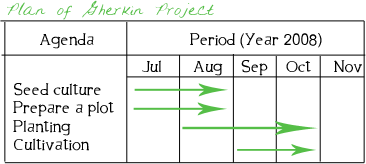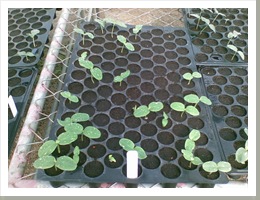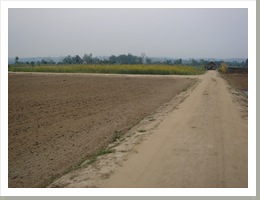Wide-spread food contaminations, such as the current scare over tainted tomatoes and jalapeno peppers, seem to be getting more and more common. One problem is that so much of our food supply passes through large processing and distribution centers, meaning that an isolated problem, such as a single piece of contaminated equipment, can translate into nation-wide outbreaks.
As the 2006 spinach crisis demonstrated, organic products are not immune to this issue. And as the demand for organics increase, so does the risk of contamination. Even with the rise of industrial-scale organic farms (another story entirely!), huge national brands like Earthbound Farms rely on produce from dozens or even hundreds of individual farms to supply their needs. All of the produce is "pooled" and then washed, packed, and shipped from central distribution centers. So when contamination occurs, it can take weeks or months to trace the problem back to its source. Sometimes the source is never identified.
Here are some tips you can use to minimize your risk of food contamination:
Buy local, ideally, direct from the farmer. Growers that sell direct to their customers aren't immune to contamination but they are infinitely more accountable, and they know it. If a few people buy spinach from a farmer's stand and get sick, it's going to take health authorities (and the local newspaper) about five minutes to identify the source. Also, the fewer people and machines that handle the food in between the farm and your table, the fewer the opportunities for contamination.
Practice safe food handling in your own kitchen. It doesn't make the newspapers but by far the biggest cause of food-borne illness is improper handling in the home. A few simple habits can greatly reduce the risk of food contamination in your kitchen.
1. Wash your hands thoroughly (for 20 seconds) with warm water and soap before handling food. That includes unpacking groceries.
2. Clean sink, countertops, cutting boards, and other kitchen surfaces with disinfectant daily.
3. Wash or replace sponges, brushes, dishcloths, and dishtowels FREQUENTLY. Sponges and brushes should be run through the dishwasher every time you run it. Dishcloths and towels should be laundered after two days.
4. Immediately and thoroughly clean anything that comes into contact with raw meat (your hands, counters, cutting boards, sink dish towels, etc.).
5. Washing produce with "vegetable wash" will not kill salmonella or e. coli bacteria. Only cooking can reliably kill these bacteria. But there are steps you can take to make your salads and raw vegetables safer.
Washing produce with a 3% solution of hydrogen peroxide (the kind you buy at the drugstore) might be of some benefit. I find it easiest to put the hydrogen peroxide it in a spray bottle and leave it under the sink. When I bring home produce, I put it in my (clean) kitchen sink and spray it to saturate. After five minutes, I rinse the produce, let it air (or spin it) dry before storing. The hydrogen peroxide rinses away without leaving any residual taste or odor and can also help retard spoilage.
6. Keep cold foods cold and warm foods hot. Bacteria grows fastest in the "danger zone" between 40 degrees F (the temp of your fridge) and 140 degrees F (serving temperature for hot foods). Don't let hot food cool to room temperature before putting in the fridge...that's too long in the danger zone. To keep hot food from heating up your refrigerator, let it cool at room temperature for one hour before refrigerating. Dividing large quantities into smaller containers will also help it cool faster.
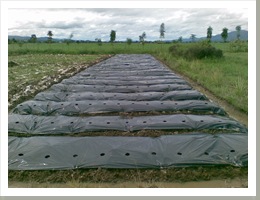 Prepare the plot
Prepare the plot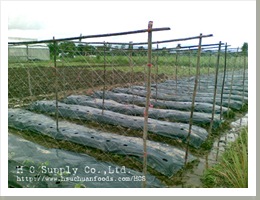 Day 2
Day 2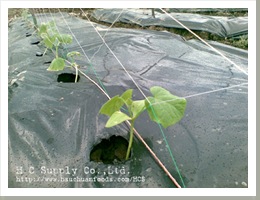 Day 3
Day 3
